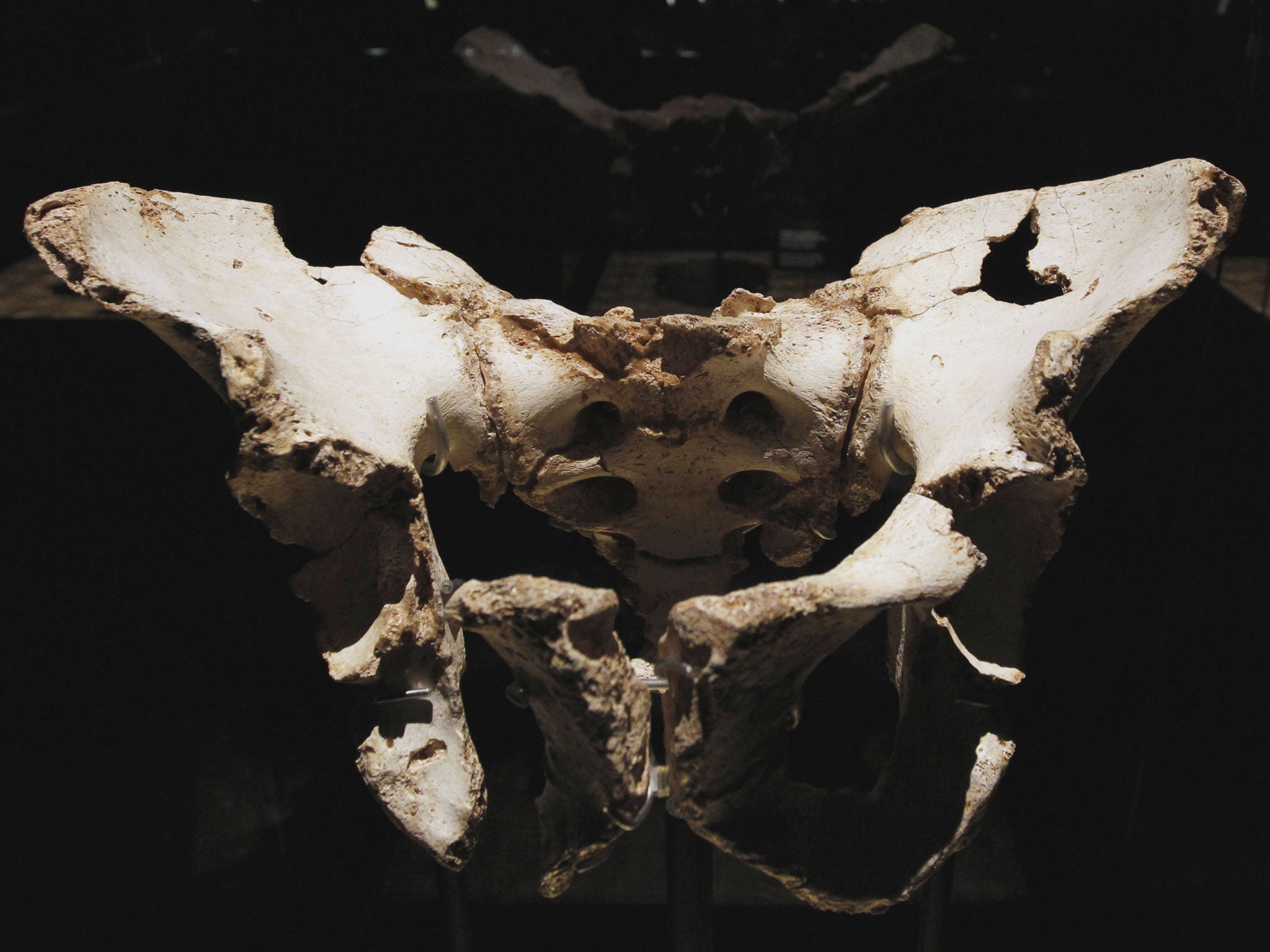3D printed pelvis helps man with rare bone cancer keep walking
3D printers look likely to revolutionise medicine

Your support helps us to tell the story
From reproductive rights to climate change to Big Tech, The Independent is on the ground when the story is developing. Whether it's investigating the financials of Elon Musk's pro-Trump PAC or producing our latest documentary, 'The A Word', which shines a light on the American women fighting for reproductive rights, we know how important it is to parse out the facts from the messaging.
At such a critical moment in US history, we need reporters on the ground. Your donation allows us to keep sending journalists to speak to both sides of the story.
The Independent is trusted by Americans across the entire political spectrum. And unlike many other quality news outlets, we choose not to lock Americans out of our reporting and analysis with paywalls. We believe quality journalism should be available to everyone, paid for by those who can afford it.
Your support makes all the difference.A surgeon has helped a man to walk again by 3D-printing him a new pelvis, it has been reported.
The unnamed patient had half of his original pelvis removed to stop the spread of chondrosarcoma, a rare type of cancer. But he is now able to walk using a stick, the Telegraph has reported.
Craig Gerrand, a consultant orthopaedic surgeon at Newcastle-upon-Tyne Hospitals NHS Trust, used a 3D printer to create the new bone.
Like traditional printers, 3D printers follow computer data to print objects out layer by layer.
“Since this cancer does not respond to drugs or radiotherapy, the only option was to remove half of the pelvis,” said Mr Gerrand.
Standard implants do not always fit well - and in this case so much bone needed removing that nothing would have been left to which an implant could have been attached, and the man’s leg would be left unattached to his spine and “hanging”, the surgeon told the newspaper.
Accepting the risks that the implant could fail to fit or fracture, the patient decided to go ahead, Dr Gerrand said.

To create the tailor-made pelvis half, doctors scanned the biological pelvis of the man in his 60s to measure exactly how much bone would need to be removed.
The team then loaded data into the printer which mapped the exact dimensions of the new, bespoke hip, using a laser to fuse titanium powder together.
The printed bone was then coated with a mineral which the remainder of his biological pelvis could grow and fuse into. A standard hip replacement was fitted into the new socket to complete the procedure.
Three years after the procedure, the patient is still happy with his pelvis.
3D printing has the potential to revolutionise medical care, with procedures from reconstructing other bones to printing scaffolding which stem cells can grow into new bones, in the pipeline.
It is believed that organs could also be printed on demand in the future.
Mr Gerrand told the newspaper he welcomes the debate by Lord Saatchi’s Medical Innovation Bill, which would give doctors a legal framework around which they would experiment with new medical treatments such as 3D printing.
“It’s fantastic that you can do cool surgery,” Mr Gerrand said, “but the real innovation will be when we don’t have to do this at all, because we have developed new treatments that can stop the cancer in its tracks.”
Join our commenting forum
Join thought-provoking conversations, follow other Independent readers and see their replies
Comments